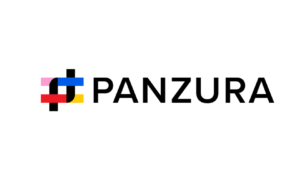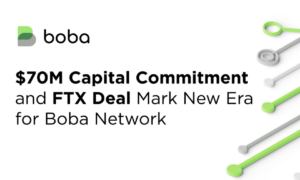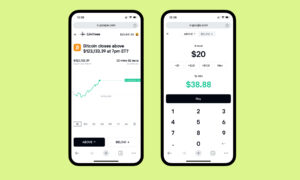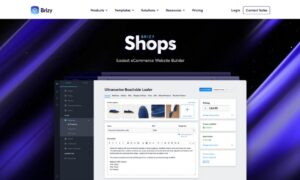Software as a Service (SaaS) models have revolutionized how businesses operate by offering software solutions over the Internet. SaaS services have quickly grown popular, creating an expansive market full of opportunities – particularly for those looking for SaaS companies for sale. If you are considering investing or starting up such an endeavor yourself, understanding profitable business models is paramount. Here is how you can identify those that hold the most promise.
Understanding SaaS Business Models
At its core, SaaS business models allow customers to access software through subscription rather than outright purchase; providing flexibility and reduced upfront costs while broadening customer bases. When considering different revenue models available within SaaS – such as subscription-based, freemium, pay-as-you-go, etc – finding one best suited to our vision and goals will be essential in creating long-term success for any SaaS venture.
Key Indicators of a Profitable SaaS Business Model
1. Recurring Revenue Streams
One of the greatest attractions of SaaS business models is their potential for recurring revenues to provide financial predictability and security, while subscription models create not only consistent income but also build customer loyalty by giving people something tangible in return. Subscription models not only generate consistent income streams but can foster customer relationships over time by encouraging repeat business, providing your firm with a firm foundation upon which growth can thrive.
2. Scalability Potential
Scalability is another essential aspect of an effective SaaS business model. A well-planned SaaS enterprise should be capable of growing without incurring extra expenses; cloud-based software makes this possible through instantaneous distribution to multiple users simultaneously. By automating processes and making use of technology effectively, businesses can expand while keeping overhead low.
3. Customer Acquisition Cost (CAC)
Analyzing your Customer Acquisition Cost is vital in evaluating the profitability of a SaaS business. CAC refers to the total costs involved with acquiring each new customer – marketing expenses as well as sales costs must all be included here – thus creating more lucrative models allowing less spending while keeping healthy margins intact. To lower CAC figures and achieve profitability more rapidly, strategies that increase conversion rates such as targeted marketing campaigns or user-friendly onboarding processes must be put in place.
4. Churn Rate Analysis
Churn rate is an essential metric for SaaS companies, measuring the percentage of customers that discontinue your services within an allotted time frame. A higher churn rate could indicate customer dissatisfaction or a perceived lack of value which ultimately impacts profitability negatively. To understand and reduce churn, gather customer feedback, and implement changes based on it; excellent customer support can help retain clients while creating long-term loyalty among users.
Identification of Market Demand
Before venturing into any SaaS venture, it’s crucial to conduct extensive market research to gain insight into customer needs and preferences to tailor offerings accordingly. Industry trends should also be monitored as these can reveal gaps where new solutions could thrive; tools like surveys, social media analytics, and competitive analysis provide useful data regarding customer behaviors.
Evaluating Competitive Advantage
A sustainable competitive edge is vital to your SaaS business’s long-term success and should differentiate itself from rival companies while helping you attract and retain customers. Factors contributing to having such an advantage could include innovative software features, excellent customer service delivery models, and a solid brand image.
Financial Health Analysis
Assessing a SaaS business involves looking at key indicators that measure its financial health, such as:
- Gross Margin: Gross margin measures the difference between revenue and cost of goods sold – higher gross margins generally indicate more profitable businesses.
- Net Profit Margin (NPM): Your net profit margin indicates how much profit remains after covering expenses; an increased NPM indicates improved financial health overall.
- Monthly Recurring Revenue (MRR): MRR measures how much income your business recurrently generates each month and can help measure growth as well as make informed decisions regarding expansion plans.
Future-Proof Your Business Model
Sustaining success in SaaS requires constant adaptation and innovation if it wants to remain relevant and competitive. Remain abreast of technological innovations and industry trends to make sure your offerings match customer requirements; engage user communities as part of this plan so you gain more insight into user expectations and challenges and your services are tailored towards meeting them more accurately.
Conclusion
Building a profitable SaaS business model involves taking into account various key aspects. From understanding recurring revenue streams and competitive advantages to considering whether there may be opportunities available when looking to buy SaaS companies for sale – each aspect plays a crucial role in your organization’s success.
Read More From Techbullion



































